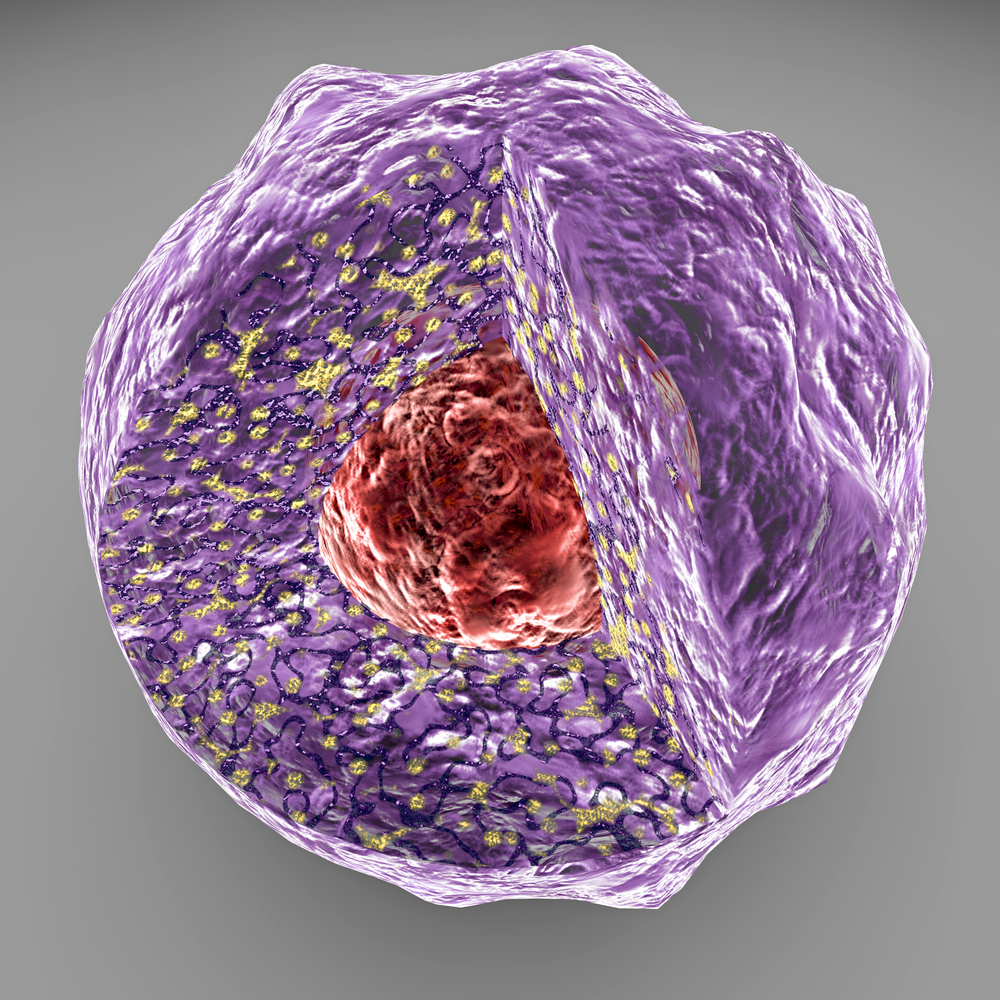NAF Funds Research for Novel SCA3 Treatments

 Earning the Pioneer SCA Translational Research Award from the National Ataxia Foundation, Thorsten Schmidt, PhD at University of Tubingen in Germany is developing a novel treatment for spinocerebellar ataxia type 3 (SCA3). His winning research, “Targeting the Intracellular Localization of Ataxin-3 as Novel Treatment Strategy for Spinocerebellar Ataxia Type 3 (SCA3),” is evaluating drugs that have already been approved by the FDA for indications other than ataxia for their efficacy in animal models of SCA3.
Earning the Pioneer SCA Translational Research Award from the National Ataxia Foundation, Thorsten Schmidt, PhD at University of Tubingen in Germany is developing a novel treatment for spinocerebellar ataxia type 3 (SCA3). His winning research, “Targeting the Intracellular Localization of Ataxin-3 as Novel Treatment Strategy for Spinocerebellar Ataxia Type 3 (SCA3),” is evaluating drugs that have already been approved by the FDA for indications other than ataxia for their efficacy in animal models of SCA3.
Dr. Schmidt’s work is driven by the question of how keeping ataxin-3 protein in the cytoplasm of cells seems to prevent SCA3 in mice normally prone to developing the disease. In patients with SCA3, the protein ataxin-3 aggregates within brain cells. Aggregates are most often in the nucleus, despite the fact that ataxin-3 is usually found in the cytoplasm. “This means that in SCA3 ‘something’ impacts the localization of ataxin-3, moves it from the cytoplasm to the nucleus and lets it aggregate there,” wrote Dr. Schmidt in his abstract.
After years of extensive experiments, Dr. Schmidt’s laboratory discovered that mice prone to develop SCA3 do so only if ataxin-3 is able to translocate into the nucleus. “In other words: keeping ataxin-3 in the cytoplasm protected our mice from the disease!” stated Dr. Schmidt. Therefore, his team considered how best to design a treatment for SCA3 that prevents ataxin-3 from moving into the nucleus.
Recognizing that the process of developing a completely novel drug may take decades of work and that patients with SCA3 need treatment now, Dr. Schmidt is taking the route of repurposing FDA-approved drugs for another indication. Using an assay generated within the laboratory, Dr. Schmidt’s team is screening a library of drugs for their ability to sequester ataxin-3 in the cytoplasm. “We recently used this assay to test a collection of FDA-approved drugs and indeed identified two drugs which not only keep ataxin-3 in the cytoplasm but also even prevent its aggregation,” stated Dr. Schmidt.
To follow up on these hits, Dr. Schmidt will be testing the two drugs, which have been used for decades by millions of people, in mouse models of SCA3. “A positive confirmation would not mean that this drug could immediately be given to human SCA3 patients but would be a critical next step towards the development of a treatment for SCA3,” concluded Dr. Schmidt.






